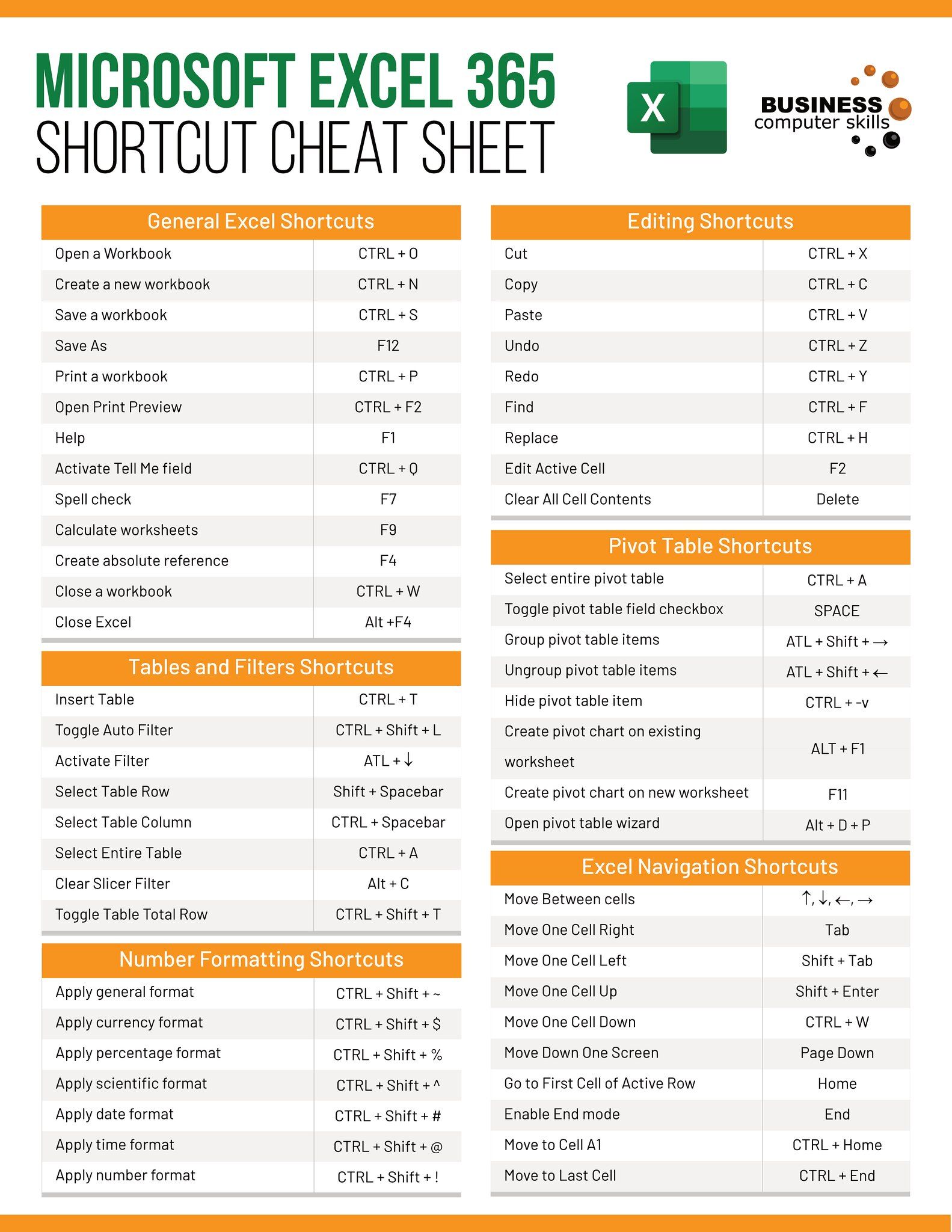Mastering the Art of Stunning Paperwork Creation

Paperwork plays an integral role in both professional and personal spheres, often serving as the backbone of organization, communication, and documentation. Whether you're compiling a report for work, organizing your finances, or creating an event, the presentation of these documents can greatly influence their impact. In this detailed guide, we'll delve into the nuanced art of creating stunning paperwork that not only fulfills its functional purpose but also captivates and communicates effectively.
Understanding the Importance of Presentation

Before we dive into the techniques, it’s crucial to understand why presentation matters:
- Credibility: Well-crafted paperwork can enhance your professional image and trustworthiness.
- Clarity: A clear layout reduces misunderstandings and makes information easily digestible.
- Engagement: Visually appealing documents keep readers engaged, increasing the likelihood that your message will be remembered and acted upon.
Key Elements of Stunning Paperwork

To master the art of creating stunning paperwork, consider these key elements:
- Design Consistency: A uniform theme and style throughout the document help in maintaining professionalism.
- Typography: Choose fonts that are legible yet reflect the document’s purpose.
- Color: Use color strategically to guide the reader’s attention without overwhelming them.
- Whitespace: Effective use of space can make your document feel less crowded and more focused.
Steps to Create Impressive Documents

Here’s a step-by-step guide to crafting paperwork that stands out:
- Identify the Purpose: Every piece of paperwork should have a clear objective. Whether it’s to inform, persuade, or report, your design should align with this goal.
- Choose Your Tools: Select software that offers the flexibility and features needed for your document. Tools like Microsoft Word, Adobe InDesign, or even Google Docs can be used, depending on complexity.
- Set Up the Document: Decide on margins, page size, orientation, and the document’s overall structure. Use headers and footers for branding and easy navigation.
- Typography Matters:
- Font Choices: Use a maximum of two or three fonts - one for headings, one for body text, and perhaps another for special elements like quotes.
- Font Sizing: Keep headings large enough to stand out and body text at a readable size.
- Color Scheme: Stick to a palette that aligns with the theme of your document or corporate colors.
- Layout and Design:
- Grid Systems: Utilize grid systems to align elements for a polished look.
- Balancing Text and Graphics: Ensure there’s a good balance between visual elements and text to avoid clutter.
- Enhance with Visuals:
Include relevant charts, diagrams, images, or infographics. Remember:
- Quality Over Quantity: High-resolution visuals can make a significant difference.
- Relevance: Ensure every visual adds value to the content.
- Proofread and Edit: A document free of errors is not only professional but also more trusted by readers.
- Seek Feedback: Before finalizing, get feedback from peers or the intended audience to ensure the document meets its objectives.
Practical Applications

Let’s apply these principles to common types of paperwork:
- Reports: Use bullet points, headings, and clear sections. Include summaries for quick comprehension.
- Presentations: Keep slides visually focused with minimal text. Use high-impact images and graphs.
- Resumes: Opt for a clean, professional layout. Use headings and whitespace to distinguish between different sections.
📌 Note: Avoid overwhelming the reader with too many design elements. Keep the focus on clarity and functionality while ensuring aesthetic appeal.
In summary, the key to creating stunning paperwork lies in understanding the purpose, maintaining design consistency, and using typography, color, and layout effectively. By following these guidelines, you can transform mundane documents into pieces of art that enhance communication, convey professionalism, and captivate your audience. Remember, the goal is not just to inform but to engage and impress, making your paperwork not just a means to an end, but an experience in itself.
What are some common mistakes to avoid when designing paperwork?

+
Common mistakes include using too many fonts, overcrowding with text, inconsistent formatting, poor contrast between text and background, and neglecting proofreading for errors.
How can I ensure my paperwork is accessible to everyone?

+
Ensure accessibility by using high-contrast color schemes, sufficient font sizes, clear and simple language, and providing alternative text descriptions for visual elements. Also, consider the use of accessible PDF formats.
What software tools are recommended for creating professional paperwork?

+
For professional documents, consider Adobe InDesign for complex layouts, Microsoft Word for reports, Google Docs for collaborative work, or Canva for easy design with templates.



